- Home
- Machining techniques
- CNC Machining Services
- Cooperative supply services
- Designs
- Materials
- Finishing Services
- Shop
- Products
- Guide
- About Us
- Contact Us
2021.3.28
Modern screw machines are as varied as the parts they produce. Each with particular features suited to rapidly and efficiently manufacture the wide range of components necessary to drive the modern world’s industries and supply an ever-growing demand for consumer products. The origin of automatic manufacturing dates back to the late 19th century when both American and Swiss engineers converted manually operated lathes to automatically cut metal to efficiently produce screws and other turned parts. Initially the primary application for this equipment with the production of screws leading to the term screw machine being applied generically to this equipment. The range of application for these precision machined components is nearly endless and each type of screw machine has been developed to meet the needs of this constantly expanding range of products. The design and tolerance of a component are frequently the driving forces behind the type of machine employed and in many cases, they drive the development of new screw machine tool technology.
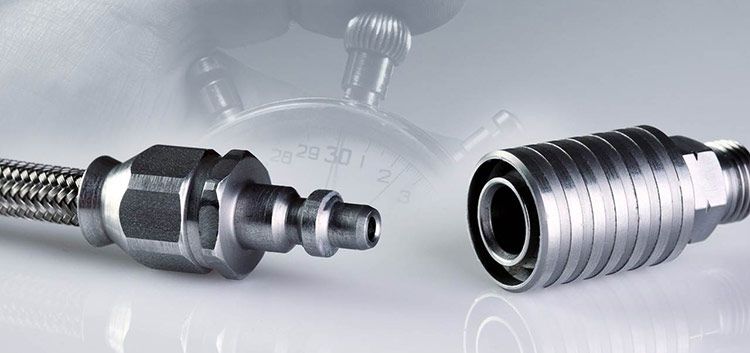
#1 Swiss Style/Sliding Headstock Machines
This is certainly the case with Swiss-style or sliding headstock machines. For the Swiss, the driving force for innovation was a need to produce a high volume of miniature watch components to very precise tolerances. This manufacturing hurdle was overcome through the use of what is now known as a Swiss-style sliding headstock machine. This type of machine employs what is known as a guide bushing allowing the raw material to be machined to right at the point where the guide bushing can support it, allowing the part produced to be exceptionally stable throughout the various cutting operations regardless of how long and slender it may be. This allowed long slender workpieces to be machined with exceptional precision on an automatic lathe for the first time.
#2 Muti Spindle
Other components must be made in such quantities that additional efficiencies must be found. To address this type of challenge, the multi-spindle cam automatic screw machine was developed. These machines built upon initial designs pioneered in the nineteenth century but revolutionized the concept by combining multiple spindles into the same platform, allowing the work to be distributed among each and reducing the machine time required to produce each workpiece. The benefit of this multi-spindle configuration is in reduced production time. Each physician performs a portion of the machining in its turn, allowing for six simple operations to be performed simultaneously, producing a single finished workpiece in a fraction of the time required to produce it in a linear step-by-step fashion. Although each position generally involves only one or two mechanically driven axes of motion, the complexity and precision of the parts attainable are remarkable. They can produce components that meet the demanding specifications of 21st century automotive, aerospace, and medical applications, often maintaining tolerances as small as one-fourth the width of a human hair.
#3 CNC Control
The ever-increasing requirements of component design and production efficiency necessitated a new revolution. In the late 1950s, computer engineers would leverage the burgeoning technology they were developing to bring even more capability, efficiency, and precision to manufacturing as they pioneered computer numerical controls or CNC. By controlling an array of servo motors, CNC machines can manipulate the machine’s tools along multiple axes in a coordinate plane to produce an infinite array of workpiece features of nearly any complexity. By coupling various mechanical advances like the guide bushing with CNC technology, modern screw machine shops can excel at overcoming one of the more frequent challenges encountered producing components that are long and slender with additional complicated features, such as wrench flats or off-axis holes. The CNC-controlled sliding headstock or CNC Swiss machine is the premier technology employed. Combining the flexibility of CNC with the accuracy and precision of a Swiss-style guide bushing and sliding headstock design, these machines efficiently and accurately provide tight tolerances and excellent cosmetics on long, slender, or miniature parts with complex features for any number of applications, including medical, aerospace, defense, and automotive. In contrast, due to their size and rigidity, components of larger diameter in many cases don’t necessarily require the specific features of a Swiss machine.
#4 CNC Mill Turn
The modern CNC turning center is an excellent solution available to manufacturers. The latest designs are capable of turning and milling the component in a single setup with some machines holding entire magazines of cunning tools that can be utilized completely automatically. This allows the production of very complex workpiece geometries that used to only be achievable by utilizing multiple machine platforms and significantly more time and manpower. The CNC mill-turn centers can operate with as many as four cutting tools simultaneously, which allows even the most complex components to be completely produced from raw material to finished product on a single machine with minimal human intervention.
Today’s modern screw machine technology is as varied as the parts that must produce. As manufacturing moves fully into the next industrial revolution, the addition of automation coupled with large-scale data collection and analysis offers even more potential for advancement, whether through the advantages provided by the flexibility of CNC controls, the machining capabilities added through mechanical advances like the sliding headstock machine or the pure efficiency that a multi-spindle cam automatic can produce. We are ready to tackle the newest and most difficult manufacturing challenges of the 21st century.
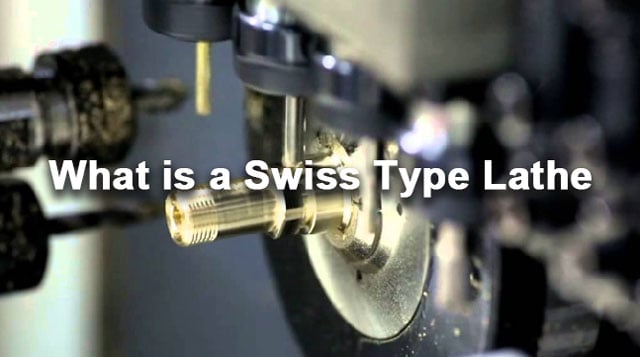 What is a Swiss Type Lathe & How Does a Swiss Lathe Work | Swiss Turning vs Conventional Turning
What is a Swiss Type Lathe & How Does a Swiss Lathe Work | Swiss Turning vs Conventional Turning
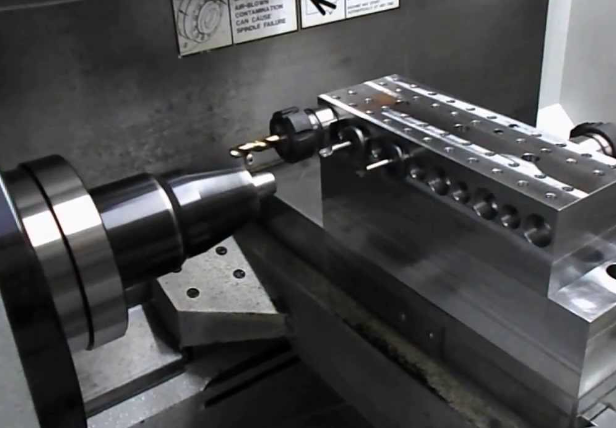 What Is a Gang Tool Lathe – Difference Between Swiss Lathe and Gang Tool Lathe
What Is a Gang Tool Lathe – Difference Between Swiss Lathe and Gang Tool Lathe
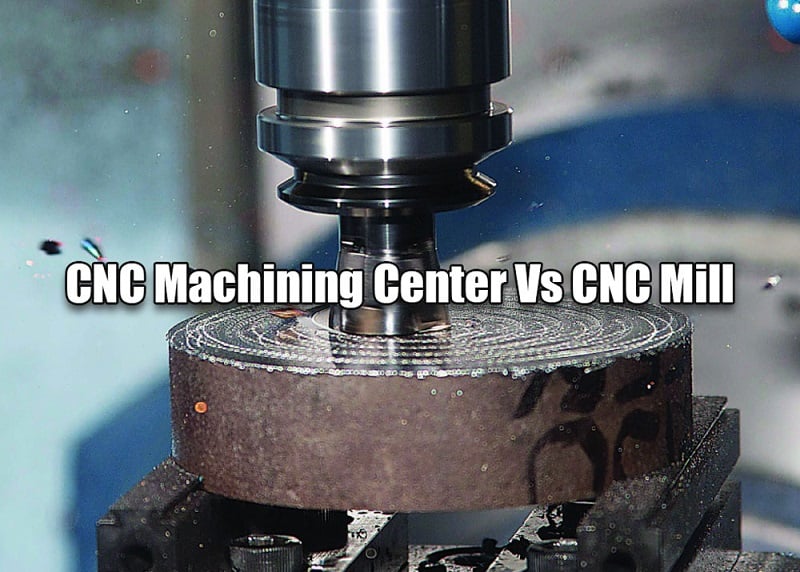 CNC Machining Center Vs CNC Mill – Difference Between Machining Center And Milling Machine In Programming
CNC Machining Center Vs CNC Mill – Difference Between Machining Center And Milling Machine In Programming
 CNC Machine Block Diagram: Systems & Components (Parts) of CNC Lathe Machine
CNC Machine Block Diagram: Systems & Components (Parts) of CNC Lathe Machine
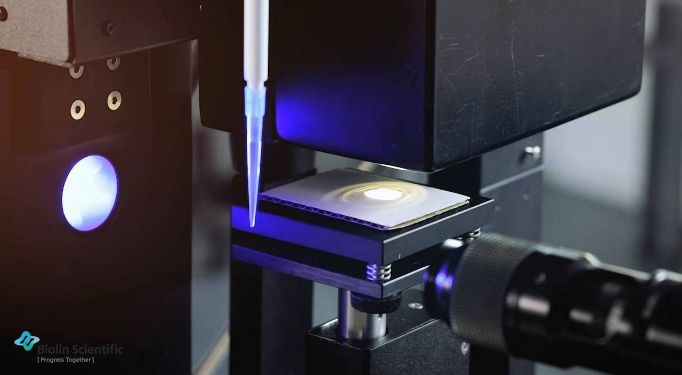 What Are Factors Affecting Milling Machining Accuracy & How To Fix | CNCLATHING
What Are Factors Affecting Milling Machining Accuracy & How To Fix | CNCLATHING
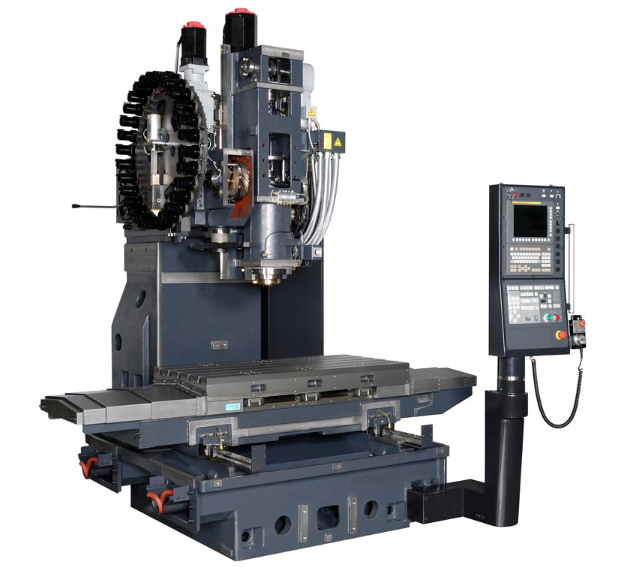 What is CNC Vertical Machining Center – VMC Machine Applications & Difference Between Horizontal Machining Center
What is CNC Vertical Machining Center – VMC Machine Applications & Difference Between Horizontal Machining Center
